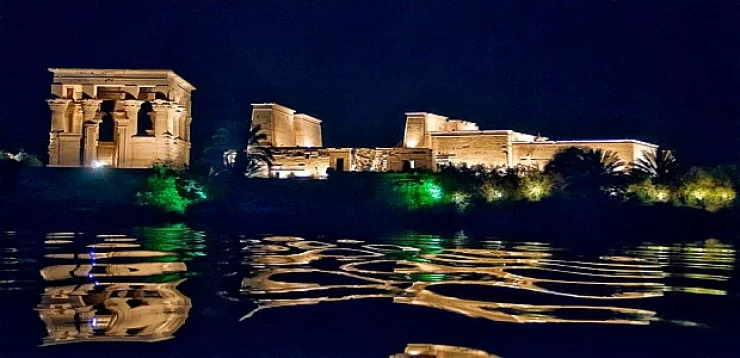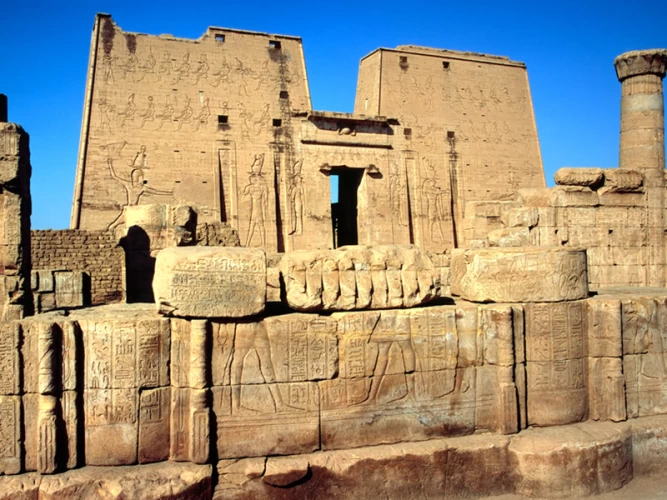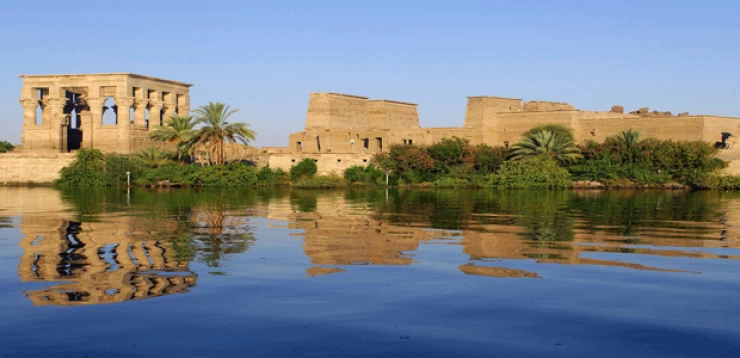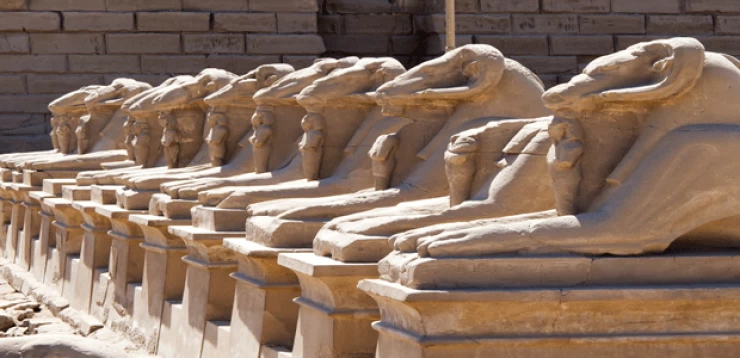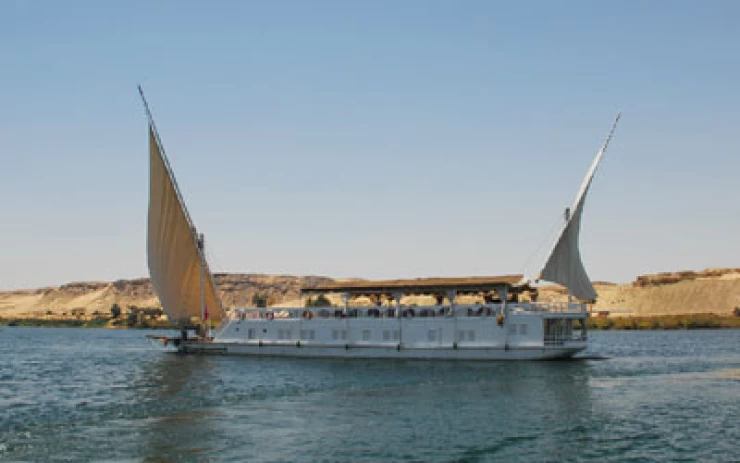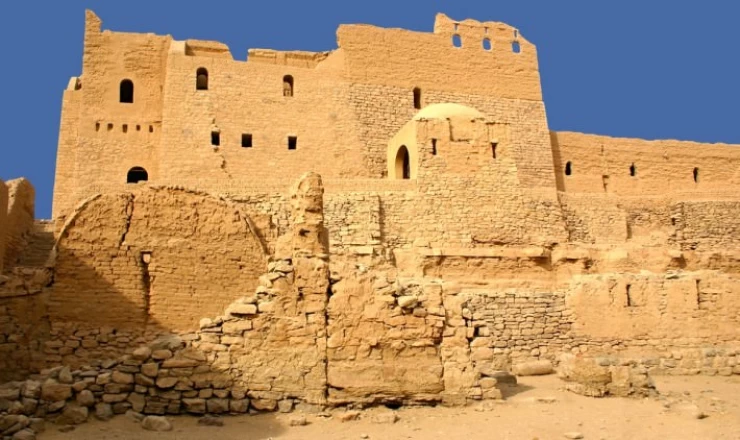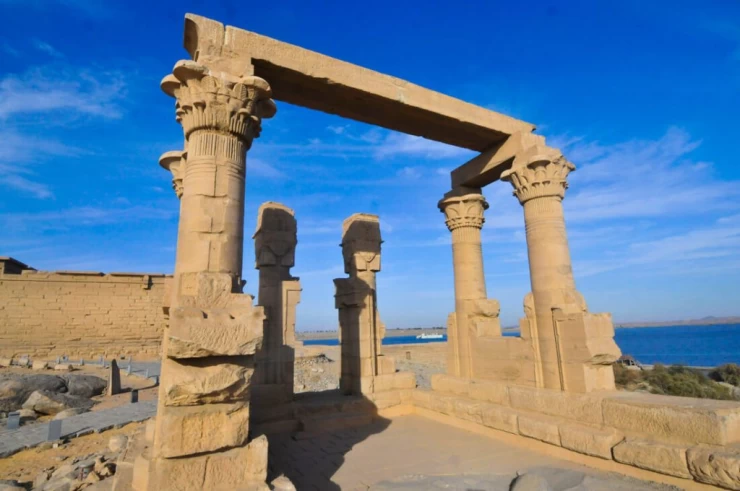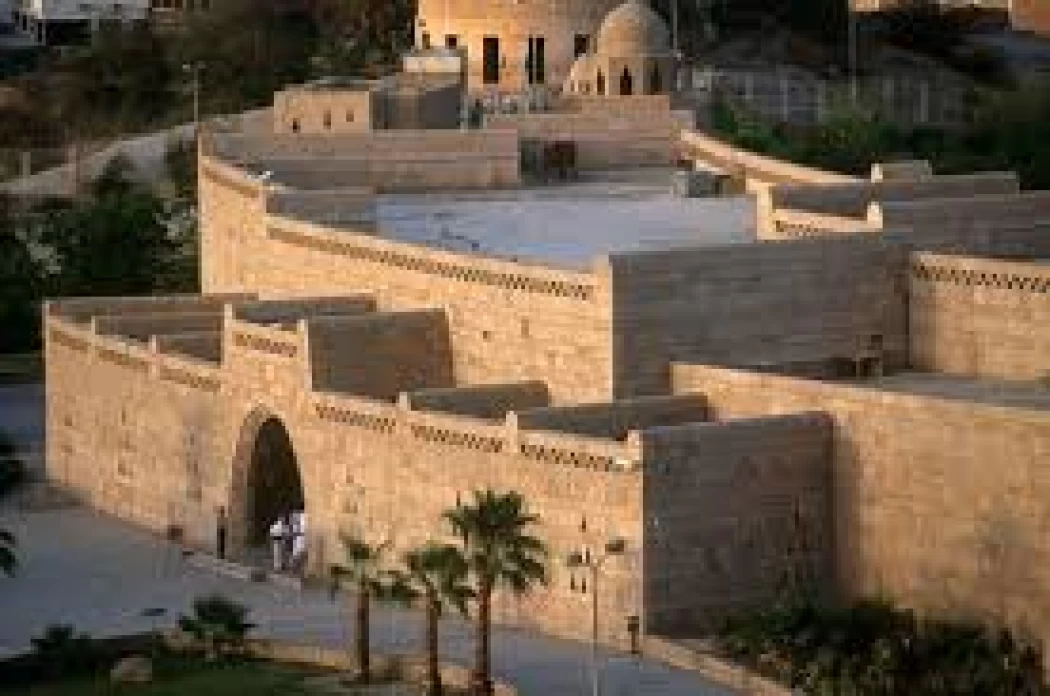
Aswan Nubian Museum
The Nubian Museum in Aswan
The majority of the objects from Nubia are kept in the museum in Asuan, Egypt, which is called the Museo de Nubia.
What an amazing museum! The beauty of the Nubian Museum is not only in its rich historical content but also in its stunning architectural design. The Nubia Museum was opened in 1997 in cooperation with UNESCO and the Egyptian government in ِAswan and is considered an academic museum. It does not only display artifacts of great value and importance but also displays the Nubian heritage and their most prominent customs and traditions in paintings made of remarkable forms, as well as laboratories and an important library specializing in history books, especially on the history of ancient Nubia, it is a destination for visitors and scholars as well.
The museum houses truly unique finds that go back from the prehistoric ages through the Pharaonic era, passing through Christianity in Egypt and the Islamic conquest up to the construction of the High Dam in the 1960s. Some of the most important monuments of Nubia were transferred to neighboring areas, such as the Abu Simbel temples and the Temple of Philae in Aswan. In this small but nice museum, many examples of local art are collected and various moments of Nubian life have been restored. It is truly exciting for the visitor to see these scenes of everyday life with traditional houses, recovered from areas currently submerged, masterfully rebuilt.
The museum includes very important exhibits that reflect the ability of the ancient Egyptians in many fields. Among the artifacts is the statue of Ramses II, a human skull showing the oldest Turbine operation in history. The owner of the skull was able to live after undergoing this process because he suffered a brain injury for about 20 years. Egypt is still a great tourist destination because its history is at the origin of what the world is today.

King Ramses II | Ramesses II | Ramses the Second
Ramses II was pharaoh during Egypt's golden age. King Ramses II built more monuments and had more sons than any other Egyptian king. A limestone relief depicts Ramses II striking his enemies.
The pharaoh of a thousand faces was Ramses II. The third ruler of the 19th Dynasty, he was an ancient monarch who ruled 66 years before Christ, from 1279 to 1213.
Latest Articles
Admin
Seabourn Sojourn Cruise Stops in Safaga Port
The Seabourn Sojourn, the flagship vessel of Seabourn Cruise Line's ultra-luxury fleet, was built in 2008 at the T. Mariotti shipyard in Genoa, Italy. Measuring 198 metres, it can accommodate up to 450 guests in its 225 spacious all-suite staterooms.
Admin
Norwegian Sky Cruise Stops in Safaga Port
Norwegian Cruise Line operates a cruise ship called the Norwegian Sky. It was constructed in 1999 and can accommodate 2,004 passengers in addition to 878 crew members. The ship has several dining establishments, lounges and bars, a spa and fitness center, swimming pools, and a number of entertainment areas.
Admin
Explora II Cruise Stops in Safaga Port
Explora II, the second vessel in the Explora Journeys fleet, sets sail in 2024 to redefine luxury cruising. With 461 ocean-front suites, 9 culinary experiences, and 4 pools, this haven of sophistication and sustainability promises an unforgettable "Ocean State of Mind" journey to inspiring destinations.
Admin
Mein Schiff 6 Cruise Stops in Safaga Port
The Mein Schiff 6 is the latest cruise ship in the renowned TUI Cruises fleet, offering passengers a luxurious and sophisticated cruise experience. At 315 metres long, this floating resort features a range of dining options, entertainment, and recreational facilities, including a spa, fitness centre, and sports amenities.
Admin
Mein Schiff 4 Cruise Stops in Safaga Port
When the Mein Schiff 4 cruise ship docks in Safaga, Egypt, passengers are granted access to a realm of ancient wonders. Aboard this state-of-the-art vessel, guests can embark on meticulously curated shore excursions that showcase the region's most iconic landmarks, including the Giza Pyramids, the enigmatic Sphinx, and the remarkable tombs and temples of the Valley of the Kings in Luxor.
Admin
MS Europa Cruise Stops in Safaga Port
The Silver Moon, Silversea's latest flagship, is a luxury cruise ship that offers an exceptional travel experience for Venezuelans exploring Egypt. With a capacity of 596 guests and an impressive 40,700 gross tonnes, the Silver Moon maintains the small-ship intimacy and spacious all-suite accommodations that are the hallmarks of the Silversea brand.








